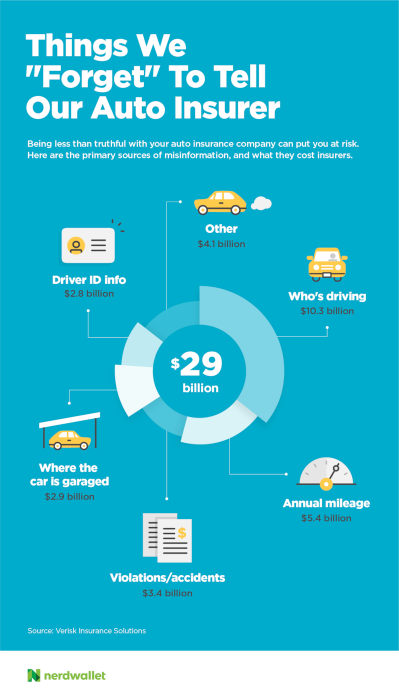Part of the process of deciding whether to refinance your mortgage is figuring out when you would break even. Without knowing that, you may be shocked to learn that it could be years before you start saving money. Look, this isn’t going to require IBM’s Watson to calculate. In fact, you just took an importantfirst step: Simply thinking about a break-even point puts you ahead of the game.
Consider the reason you’re refinancing
Your break-even point is how long it will take to actually save money — considering the time it will take to recoup all of the costs of a new loan.
“The simple calculation for your break-even point is calculating the fees and the closing costs and dividing those by the savings,” says Jared Maxwell, vice president at Embrace Home Loans. But to make a financially sound decision, you may have to look beyond breaking even. “It really starts with the question, ‘Why are you refinancing?’” Maxwell says.
Maybe you’re looking to lower your monthly payment, or to shorten the loan term and reduce the interest you pay over the life of the loan. Of course, there can be other reasons to reset your home loan — such as a cash-out refinance to tap your home equity or a refinance to eliminate mortgage insurance premiums. You’ll just need to consider your costs and goals. And when it comes to the question of “Should I refinance?,” Joshua Askins, the Texas regional mortgage sales manager for BBVA Compass, says forget rules of thumb.
“There are some general rules of thumb that you may have heard along the way, [such as] ‘it makes sense to refinance if you lower your rate by half of a percent or 1%,’” Askins says. “But each situation is different.” Compile all the costs to refinance your mortgage
Now that you’ve pinned down the “Why?,” look for the “How much?’” Generally, the costs of a refinance will be fees and closing costs, including: – Bank fees: Such as origination or application fees, as well as any points that the bank may charge. Each lender you shop will give you a loan estimate form detailing all the costs you’ll have to pay when you apply. It’s always a good idea to apply to more than one lender to make sure you get the best deal. » MORE: Calculate your refinance savings
Calculating your break-even point
Now, it’s time to calculate your savings. Let’s consider an example.
Say you’re five years into a 30-year mortgage and your refinancing goal is to lower your monthly payment. If your new loan will lower your payment by $100 per month and the cost of the refinance is $3,000, it will take you 30 months to recoup that cost. There’s your break-even point. Everything beyond that 30-month break-even point will be cost savings. Yeehaw, money in your pocket!
However, there is some small print attached to this savings celebration:Your savings may vary if you extend the term of the loan.
If the number of months that you’ll pay on your new refinance significantly exceeds the number of payments that remained on your original loan, you could be paying a boatload of extra interest.
“You have to make a decision on whether the reduction in payment outweighs, to you personally, the extension of the term of the loan,” Askins says.
Big savings beyond breaking even
If you want to pay off your home loan in fewer years by refinancing to a shorter term, then your savings can multiply beyond the break-even point. When you refinance to a shorter term, it’s not about having a lower monthly payment but about saving big money in total interest. “If you took out a 30-year loan and started out with a rate of 4.5% and you’re now five years into that loan, it’s very possible that you could refinance to a 15-year term or perhaps a 20-year term, at the very same rate,” Askins says. “The monthly payment could go up a little bit … but you would literally save not only the time but tens of thousands of dollars, in those instances, in interest paid to the bank.” Consider other factors
So there’s more to a refi than just breaking even.
“There are other factors that come into play, such as how long have you held the mortgage and how much have you paid down,” Maxwell says. He also thinks it’s important to consider whether the home you’re in today is your “forever” home or just “for now.” That can impact how long of a break-even point makes sense. And if you’re looking for more than just a back-of-a-napkin calculation, thisrefinance calculator can show you your break-even point and total savings in practically no time. More from NerdWallet Hal Bundrick is a staff writer at NerdWallet, a personal finance website. Email: hal@nerdwallet.com. Twitter:@halmbundrick. The article If You Refinance a Mortgage, When Will You Break Even? originally appeared on NerdWallet.
– Title costs: Including a title search and insurance.
– Third-party costs: Such as an appraisal or attorney’s fees or the cost of a credit report ordered by the lender.
– Escrow charges: For taxes, insurance, etc.
Compare online mortgage refinance lenders
Compare mortgage refinance rates
Find a mortgage broker





















